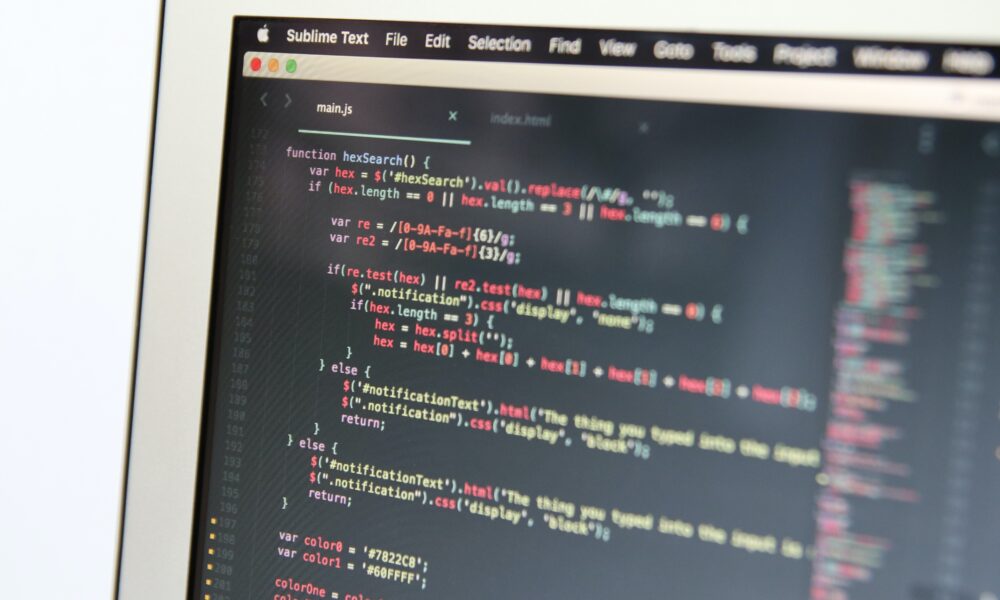What is React And Why it is Use Learn Complete About React:
Many years ago, Facebook Engineers wanted to build a fast and efficient web application framework. After trying many approaches, they found success with React. React is a widely used web JavaScript library for creating interfaces. Thousands of companies and individuals used it,
What is React:
Learning React is not like other books. It will take you on a journey through the thought process of creating applications with React that will allow you to truly understand how to build modern applications with it.
A small and discrete code snippet combined with React (also known as ReactJS or React.js) can be used to create large web applications. Because of its performance and abilities, they sometimes referred to as a framework in some circles. However, it is certainly a library.
In contrast to other paradigms such as flutter vs kotlin, you will frequently necessitate the use of additional libraries with React to form any fix.
Components of react:
In a typical application, we have two types of components:
- stateless
- stateful
Stateless components are like functions — they take in data and return a result, but don’t maintain any state themselves.
Stateful components are like classes — they maintain their own state, and may also have methods for updating the state.
In addition to the core components, there are many more that extend basic behavior. These include:
The virtual DOM:
This lets you render your UI using JSX markup instead of vanilla JavaScript. It’s only enabled by default when using Babel (and since 15) or Traceur (since 16).
Displaying elements as children of other elements in the DOM:
You can use JSX syntax to declare elements in your render function that represent things such as lists or form fields. These will then be rendered directly onto the page by calling their render method.
React Native:
React Native compiles code into native mobile apps for iOS, Android, Windows Phone, Tizen OS (for Samsung devices), BlackBerry OS (for RIM devices), WebOS (for HP Touch-Pad) and more!
Components can be very small or very large. The size of a component depends on how many features it contains. For example, a Toolbar has many features such as displaying buttons, menus and tooltips. However, a Button does not have any other features except for displaying text.
Why use React?
Big companies like Facebook, Netflix, Tesla and Airbnb use react to power their user interfaces. Despite its popularity, we center it on two core things: performance and developer happiness – not just the “right” features, but features that used. This means they can use it in large apps without having to worry about adding unnecessary complexity or making people learn new libraries.
Easy creation of dynamic applications
React simplifies the development of dynamic websites because it necessitates less coding and provides more functionality than JavaScript, where coding can quickly become complex.
Usability:
Components are the building blocks of any React application, and we typically make a single app up of multiple elements. These elements have their own logic and control mechanisms, and we can use again them throughout the implementation, reducing development time significantly.
React uses a one-way data flow:
As a result, when creating a React app, developers frequently nest child elements within parent elements. Because data flows in a specific direction, it is easier to error handling and pinpoint the location of a problem in an app at any given time.
Why do we need it?
React enables easy the innovation of engaging applications.It provides declarative views, components, simple state management, and a virtual DOM for efficient updates.
React is based on a few key ideas:
Single-page apps:
A single page app (SPA) is an application whose state it stored in the browser using JavaScript objects instead of server-side session variables or XML files. This means that when you navigate between pages, they sync the state of your app between the browser and your backend service.
Declarative programming:
In declarative programming, it specified behavior in an object tree, not through explicit scripting logic like what you would do with a traditional procedural language like C++ or Java. The advantage here is that declarative programming allows developers to write more maintainable code because it’s easier to reason about than procedural languages.
Conclusion;
It helps you to create reusable UI components and make your code more readable by defining components in JavaScript. If you are new to React, I suggest you read this complete react blog. It will help you to learn basic concept with a complete guide.







